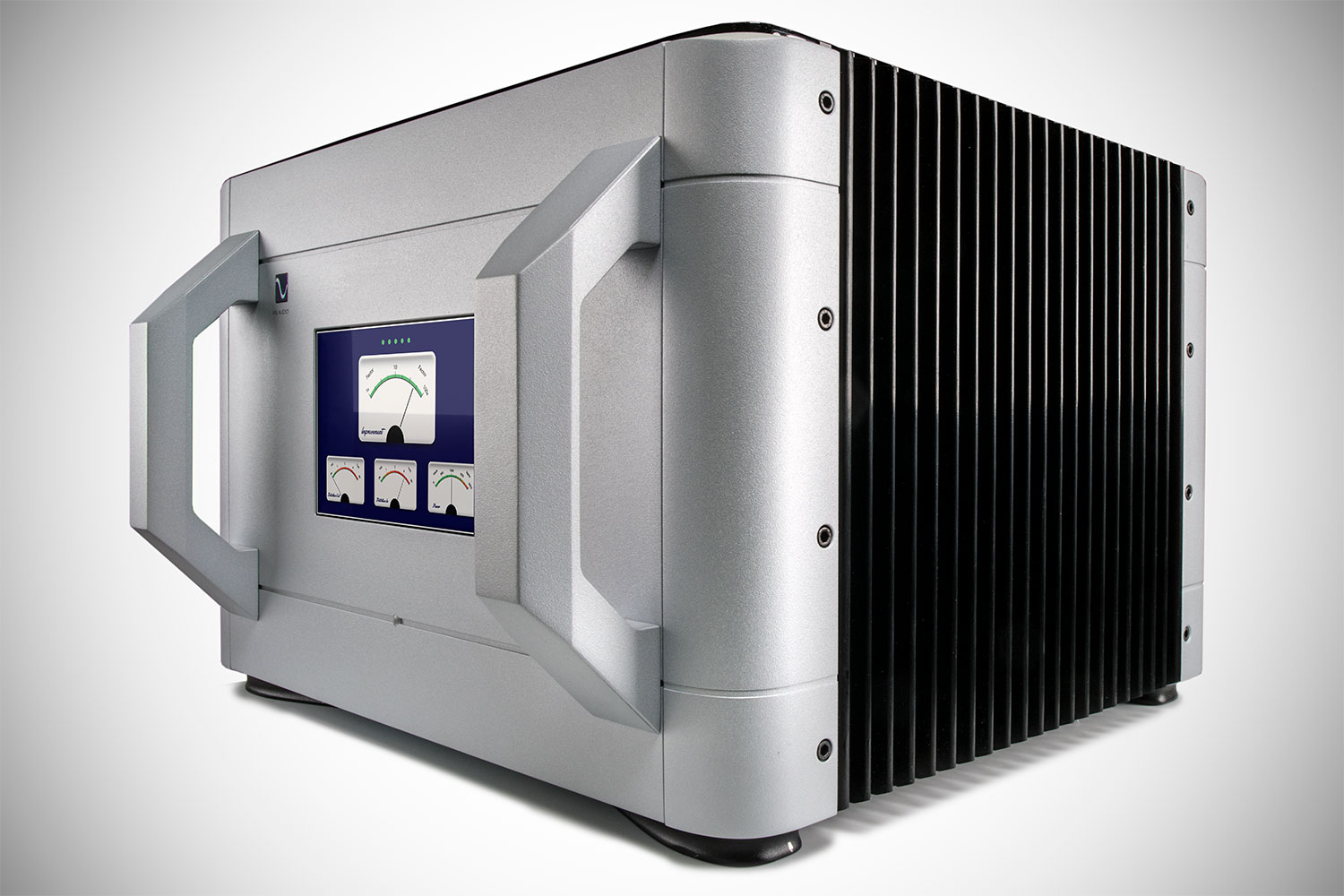
If you’ve ever worried that you’re heading too far down the audiophile rabbit hole because you’re thinking about switching from iPhone to Android or spending $4,000 on headphones, don’t fret: You’re not even close. When you’re listening to your setup and swear you can hear distortion or noise from dirty A/C power, then you’re getting there. Fortunately, PS Audio has a solution for you with its latest line of power regenerators.
In case you’re not familiar with the concept, a power regenerator — a category originated by PS Audio — takes your standard A/C power and outputs sine-wave-perfect regulated A/V power. This is a concept you’ll see used fairly often in the world of professional audio, where dirty power can mean a ruined recording, but it isn’t seen as commonly in the world of home audio, even among audiophiles.
PS Audio’s newest power regenerators are the DirectStream Power Plant 12, DirectStream Power Plant 15, and DirectStream Power Plant 20. All three models use field-programmable gate array (FPGA)-based DSD sine wave generators to make for the cleanest power possible flowing into your audio components, like PS Audio’s recently released Sprout100 integrated amplifier. Each new model also features selectable real time monitoring to keep track of just how your power is flowing.
As the name might imply, the DirectStream Power Plant 20 is the biggest, most powerful power regenerator PS Audio makes, with peak power levels of 3,600 watts and compatibility with 20-amp and 15-amp power cables. If you want to be absolutely sure that your gear isn’t going to tax the power regenerator, this is the model to go for.
The other models are still plenty capable. The DirectStream Power Plant 15 is the successor to PS Audio’s Power Plant 10, which was the company’s flagship for many years. This model is capable of outputting up to 1,500 watts of peak power, while the DirectStream Power Plant 12 can output a still-mighty 1,250 watts.
As you might have guessed already considering that the word “audiophile” has been used a few times, these don’t come cheap. The DirectStream Power Plant 20 retails for $10,000, with the Power Plant 15 selling for $7,500. and the Power Plant 12 going to $5,000. Each model is hand-built at PS Audio’s Boulder, Colorado-based factory, and all of them will begin shipping this month.
Editors' Recommendations
- Cambridge Audio’s CXA81 Mk II amplifier gets a tune-up and a sweet new DAC
- KEF’s second-generation LSX II connects to all your audio
- PS5’s first major system update adds USB hard drive support, new social features


